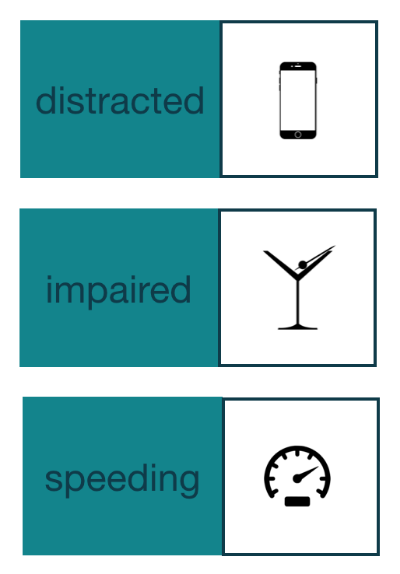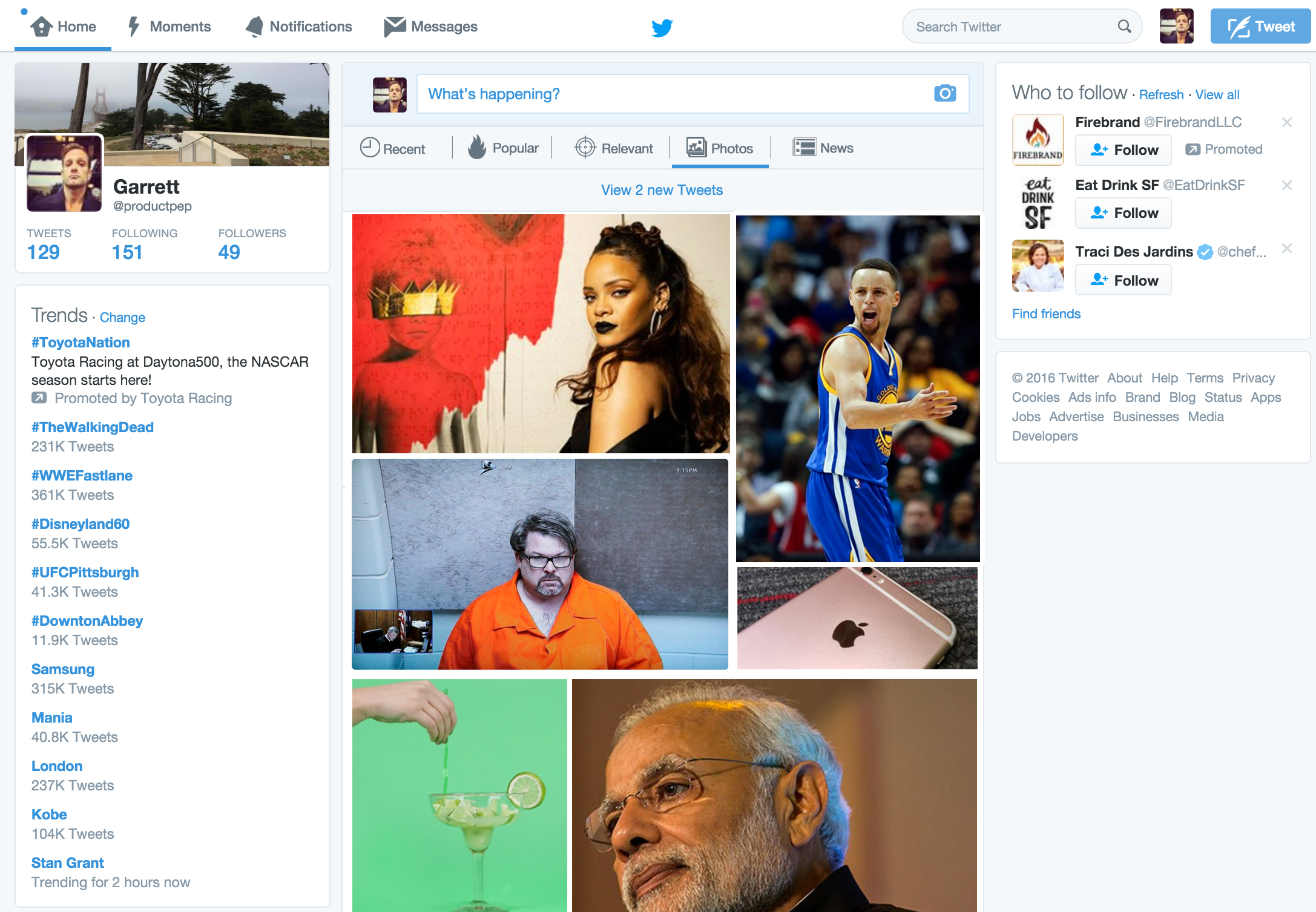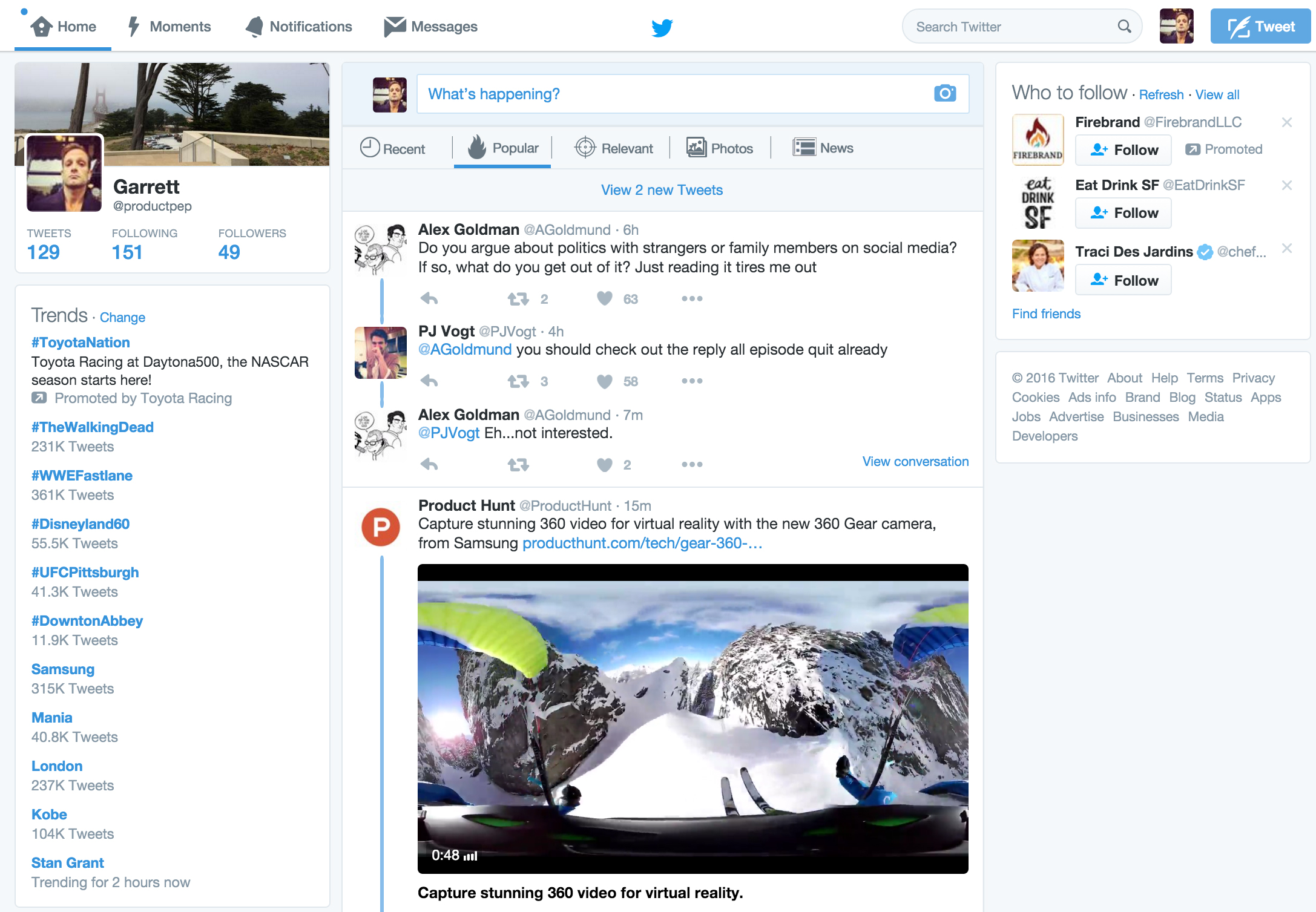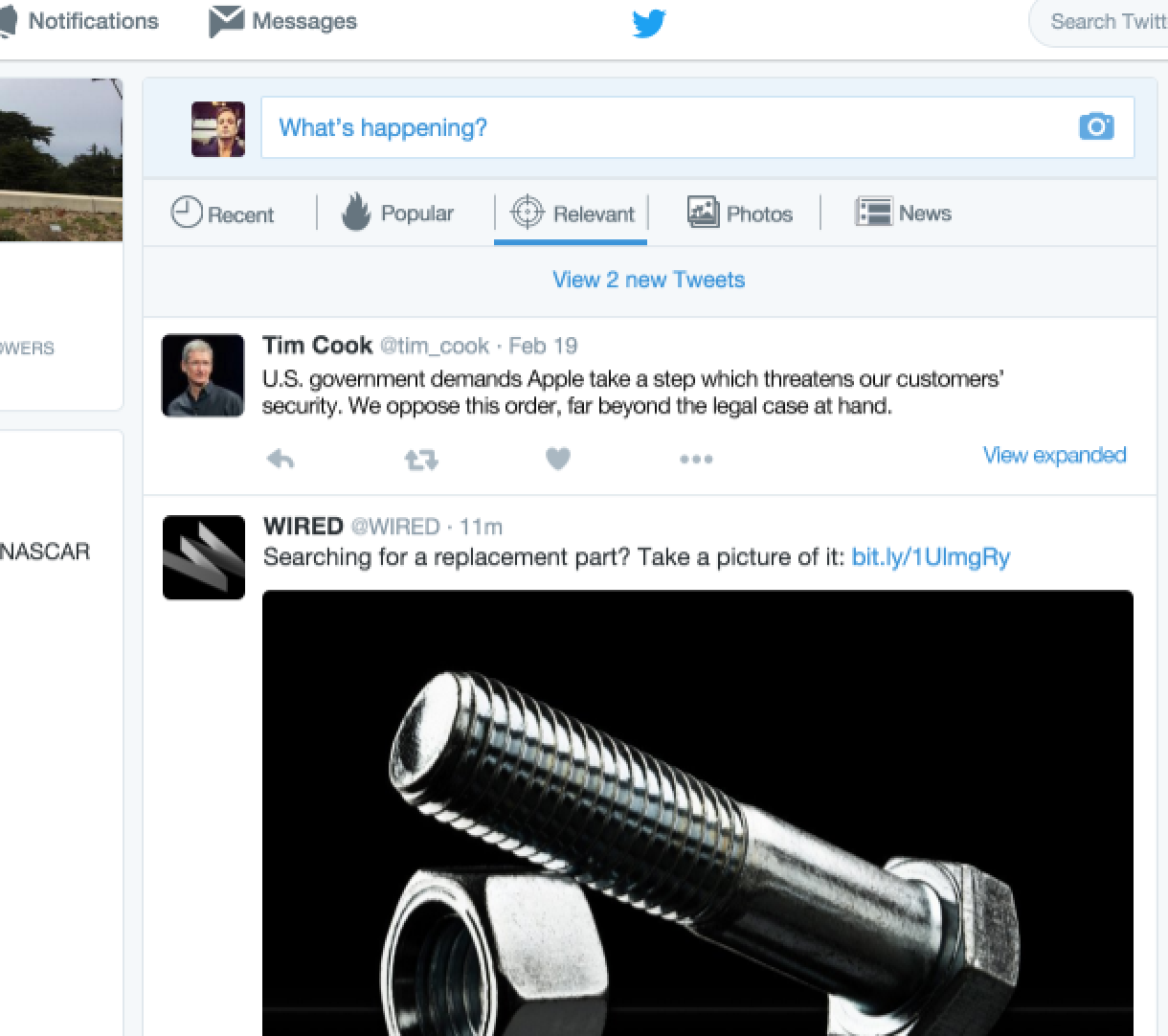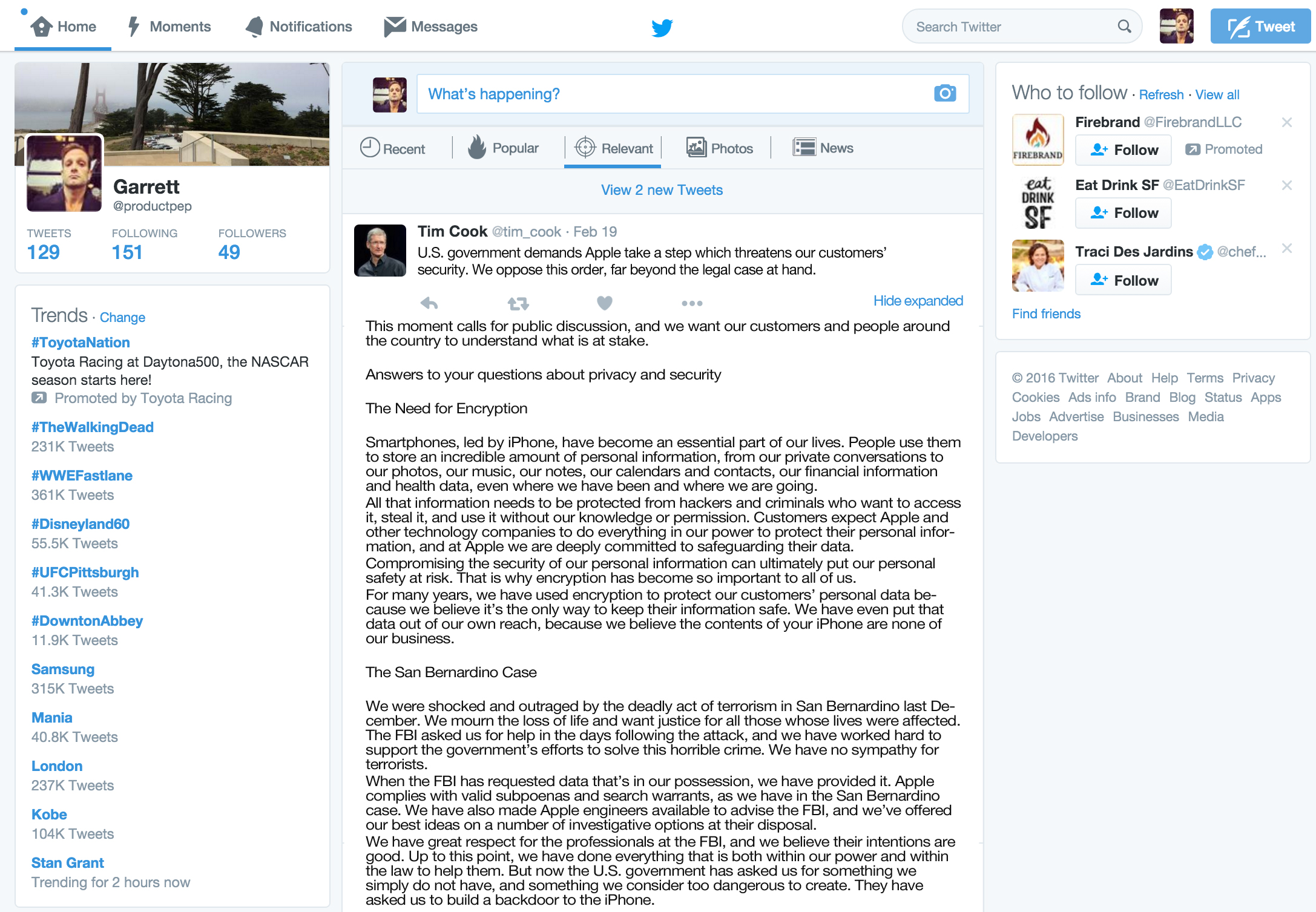Pep Talk: Facetime Video Messages
Welcome to 2017, it’s good to be a product guy, cool tech abounds: autonomous cars; AI layered onto everything from natural language processing to credit scores; wearables track our health; phones are essentially minicomputers to keep us constantly connected (saving us from real human interaction - I’m half kidding). But honestly we can do better. As a child I imagined this time to be way more advanced, think Jetsons. Am I being unreal? What do you think? let me know in the comments. As I come off of a short break and move this blog to a quarterly, I’ll add in Productpep Talks: quick hits which cover one specific product and focus focus focus on how it can be better.
Quick rant, video calling: When it comes to video calls, we’re way behind. They existed even before Skype (2003) and over the last 10+ years, not much has changed. Bandwidth, connectivity, video quality, still frustrate the majority of calls and most just revert back to the voice call. Over the past year, my team had members in Seattle, Denver and SF we tested Google Hangouts, Skype, Skype for Business (disaster), Join.me and none were as reliable as a voice call and most caused frustration: drops, delayed meetings due to setup, and frustrating lags. This is one of the most over-solved problems of our time, so why can’t these companies just get it right? OK, rant over. While at iceberg pace, this tech will improve and video calling will soon be usable, even preferred, I guess we just have to be patient, meh.
For one-on-one personal video calls, I’ve been using Facetime; quick catch-ups with friends and family - mostly while driving in the car - it works well. Of course, to play everyone must have newish iPhones but the video and voice quality is fantastic, all is good. That is until someone is unavailable, then you’re left with this:
“Call Back,” “Cancel,” “Leave a Message” (iMessage)... that’s all, Come On! This is a video call, we’re supposed to be futurists leaving the past behind… and BTW, I’m in the car and should not be texting (sure I can use Siri to text, but that’s a separate flow). So Facetime, this is your Productpep Talk (trademark, 2016 - not really).
Facetime Video Messages.
Facetime, you had me at hello. You’ve been great. Even Siri, my stylish female British operator, can place calls “Hey Siri, Facetime Tim Cook.” “Placing a Facetime call to Tim Cook.” The video is serviceable to good and audio speakerphone clarity is crisp. My iPhone 7 Plus made calling friends and family fun again. That is until they’re not available. Why can’t we keep the fun rolling? Leave a video voicemail? Skype can do it (sort of). Snapchat has made a $20 billion business out of this. So why can’t we just have a tiny, 20 second, video voice message…. iVideo Message… Video iMessage… Videomail or whatever the Apple marketing genius bar wants to name it.
Today...
- I can leave an iMessage for missed Facetime calls
- I can create a video and attach it to an iMessage (but in a separate flow)
Let’s combine the two and leave a video message, 20 sec limit. I mean, Snapchat can do this, why can’t you?
Something like this:
Update to leave Facetime, Video Messages.
Recipients would find Facetime messages in Phone, Voicemail section, soon to be named something else.
Video Messages display in the same list as Voice Messages. Option for voice only or full vid.
Okay, good talk Russ. Let’s get back in there and bring us the Video iMessage we all want; and don’t leave me hanging.










